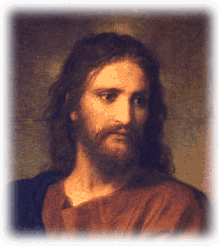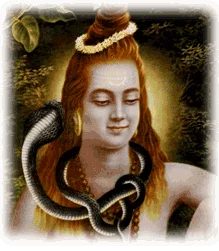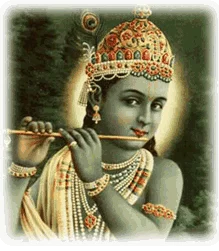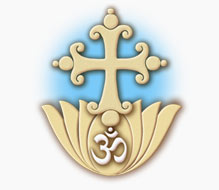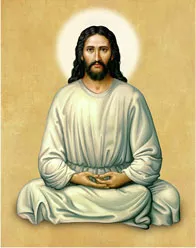“The Aquarian Gospel for Awakening” Now Available as a Paperback or Ebook
★★★★★ “The Aquarian Gospel for Awakening is a quite lengthy work but is never boring or a labor to read. The Abbot takes the verses, makes his comments on them, and expands the teachings exposing new vistas which makes the commentary itself quite an adventure.
“Whether you are familiar with the Aquarian Gospel of Jesus the Christ, or reading for the first time, you will benefit greatly from this book. It has truly been a pleasure to read it.” –Russ Thomas
The Odes for Solomon for Awakening Now Available as a Paperback or Ebook
We are happy to announce that The Odes for Solomon for Awakening is now available as a paperback and as an ebook at Amazon.com, and as an ebook from other online bookstores. This week the ebook is only 99¢
What Is the Real Heaven?
Jesus understood the right principle of work–which is the entire message of the Bhagavad Gita. So he followed the precept of the Gita: “Let the wise show how work is holy when the heart of the worker is fixed on the Highest” (Bhagavad Gita 3:26)
Visit Our New Updated Website
We are happy to announce that we have made a major update to the OCOY.org website to make your experience on the site better in many ways: Easier to read. Easier to find what you need. More mobile friendly. A more pleasing visual experience. More content. And this is just a start.
We Are Responsible for Our Own Success in Spiritual Life
The ultimate responsibility of obtaining success in worldly or spiritual matters rests upon ourselves. It is through intense devotion and persistent efforts that we have to achieve success. As we progress, we shall ourselves come to know the stage we have acquired in our previous life.

